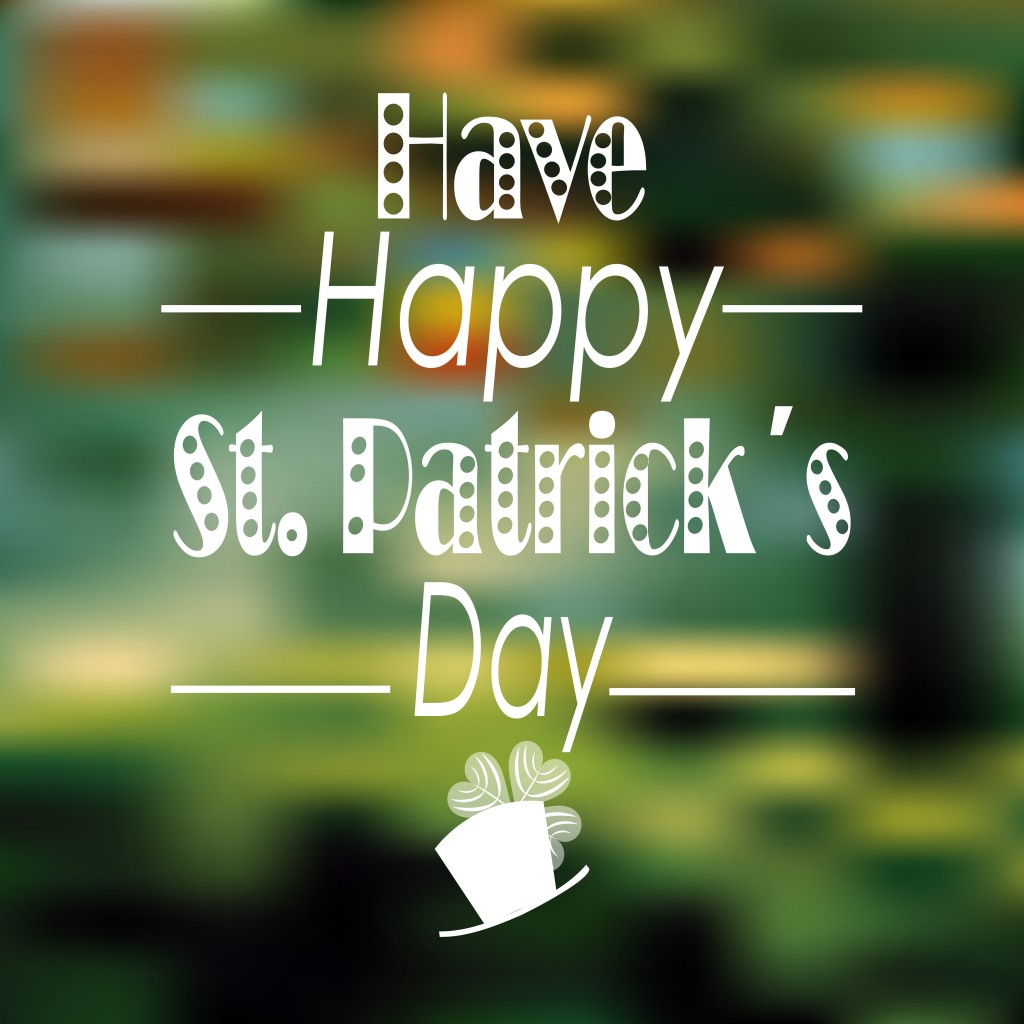Back in the 17th century, St. Patrick’s Day was a religious feast day commemorating the death of St. Patrick who brought Christianity to Ireland. The holiday was primarily religious and very quiet with no parades, festivals or public events and bars weren’t even open. Not until the 20th century was St. Patrick’s Day even considered a public holiday in Ireland.
The celebratory events we see today began in the U.S., not Ireland. The first recorded celebration in the U.S. was in 1737 when a group of Irish men celebrated with a dinner for “the Irish saint.” In 1766, Members of the British Army in New York started the first parade for the day of St. Patrick, Saint of Ireland. The holiday continued to grow as Irish immigrants wanted to show their pride and was mostly celebrated in districts where the Irish lived. Irish-Americans used the holiday as a time to celebrate their culture and heritage while also showing their patriotism to their new home in America.
At the end of the 19th century, many major U.S. cities observed St. Patrick’s Day. Most of them were cities with a higher concentration of Irish-Americans like Boston, Chicago and New York. Not until the 20th century did the holiday celebrations grow to more people with no Irish heritage at all. St. Patrick’s Day became a marketing scheme where retailers sold everything green, restaurants served corned beef and cabbage, and bars served green beer. March 17th had gone from an Irish day to a mainstream American holiday.
Many Americans use it as a time to celebrate the fact that we are a mix of different ethnicities with ancestors from all over the world. The holiday spread quickly through America because people are proud of their hyphenated identities. The St. Patrick’s Day we celebrate today is a holiday much different from its original roots, but Irish-Americans still enjoy celebrating their heritage every year on March 17th.